“Isekai” – Upon looking up the definition of this word in search engines like Bing, Yahoo, and Google, approximately 6 to 24 million results popped up!
These numbers alone tell us a lot about the popularity demand over the isekai genre! However, did you know that isekai anime receive a LOT of hate in anime and manga forums?
The existence and number of haters do not surprise me. However, why are they stigmatized and labeled “trash”? Before answering that question, let’s first deep dive into the background of isekai shows’ popularity.
The First Isekai Anime
Like other anime genres, the isekai concept must have started somewhere. Mahoutsukai Sally or “Sally the Witch” is the first isekai anime show in televised anime history! Aside from this, allow me to present on the list below some early isekai stories:
Urashima Taro
Not an anime, but it allows us to see how (in the 1800s, at least) fictional characters are already transgressing through time and space; it’s a popular Japanese folk tale about a fisher lad, whom, upon rescuing a turtle, disappeared to a Dragon Palace under the sea.
As a reward, Urashima is greeted and entertained by a beautiful sea princess. After waking up, he returned to his home village and realized that over a century had passed! Also, when he opened the gift that the sea princess gave him, he turned into an old man! A statue of Urashima Tarō is erected in Mitoyo, Kagawa Prefecture, Japan.
Several others include:
Paul no Miracle Daisakusen
Paul no Miracle Daisakusen or “Paul in Fantasy Island” (1976-1977) – the first anime-original, shōnen isekai.
Fugushigi no Kuni Alice
Fushigi no Kuni no Alice or “Alice in Wonderland” (1983) – a retelling of Lewis Carroll’s classic tale; I never expected to find an isekai anime based on English literature, but it actually popped up while hunting for very old isekai shows (LOL!).
Mashin Eiyuuden Wataru
Mashin Eiyuuden Wataru or “Spirit Hero Wataru” (1988-1989) – the first isekai with video game mechanics; there’s a massive demand for this show because it was influenced by standard definition technology and Dragon Quest RPGs (role-playing video games).
NG Knight Ramune
NG Knight Ramune & 40 (1990-1991) – also an isekai that was one of the first to adapt video game mechanics.
Sword Art Online
Sword Art Online or “S.A.O.” (2012) – it was a novel series in the early 2000s; it became a light novel in 2009; many anime viewers consider S.A.O. as the main foundation of isekai shows in today’s generation.
Why are Isekai anime so popular?
Let me expand some more on Mahoutsukai Sally because that one is the oldest anime in my list above. Known in English as “Sally the Witch”, this show is the first isekai televised anime to rise in popularity. It is a “reverse isekai” and shōjō anime that gained popularity during the 1960s.
It became famous because it received positive reviews among viewers when Toei Animation Studios produced 109 episodes of Season 1; 88 episodes of Season 2; a 27-minute anime film; and 2-episode side stories in 1990. Upon hearing its English title, I instantly remembered ABC Network’s comedy show titled “Bewitched” (1964-1972).
To my surprise, the author (Mitsuteru Yokoyama) used the famous American sitcom as inspiration. In Japan, this sitcom is known as Oku-sama wa Majo or “The Missus is a Witch”. Would you also believe when I say that Mr. Yokoyama only published 16 chapters (or one manga volume) of Mahoutsukai Sally from 1966 to 1967?
It’s amazing how a 1960s American sitcom featuring the famous television actress, Elizabeth Montgomery, became the seed to influence a Japanese mangaka, and eventually, give birth to hundreds of isekai anime shows today! It is thanks to Ms. Montgomery and Mr. Yokoyama that we get to watch our all-time isekai favorite animes.
Why do some people hate Isekai anime?
Before immersing myself in the anime and manga industry, my initial reaction when friends asked which “isekai” shows are my favorite is, “What is an isekai?”. At the prime age of 9 years old, I have never heard of the “isekai” word despite being an avid anime watcher. And without knowing myself, I already watched three to four isekai anime back then! (LOL!)
“Isekai” is a ubiquitous word in the anime and manga community. When you search it up, definitions such as “a story’s plot device on foreign countries and universes”, and some, “at different time periods” will pop up.
But despite its ubiquity and its online presence, many viewers hate isekai shows because of the following reasons:
A saturated market
The anime community is overflooded with shows having the same mediocre plotline time after time after time: “the main character gets to travel to another world and time period”.
Many anime fans become so bloated with isekai shows that there’s no going back after they reach the saturation point. Even though the worlds and time periods vary in many anime shows, the plot-line of travelling to another universe or timeline is nothing new.
Recycled shows
Isekai shows have been popularized through shows like Sword Art Online (S.A.O.) since the early 2010s. So, animators today thought that the formulaic plotlines, tropes, and clichés used in the early 2010s could be monetized in today’s generation. Well, for people who grew up in anime since the 1980s, 1990s, or the early 2000s for that matter, they see isekais as nothing but recycled shows.
Scapegoating
Isekais absorb the hate of many anime and manga forums because it’s overused tropes and clichés are easy to target. Many isekai anime have fantastic and strong main characters. However, since isekais overrun the anime medium through its predictable plotlines and fans perceive wimpy and weak protagonists, people target their disgust and hate towards isekai shows.
Buzz/Popularity
I’m not exaggerating when I listed buzz/popularity as the reason why people hate isekais. Think about it. If anything, or anyone instantly becomes popular, fans either a) jump on the bandwagon and give their support, or b) they start spreading online hate about it. This doesn’t just apply in isekai genre shows; it applies to anything or anyone gaining mass popularity online.
Are they really trash?
Though the isekai genre’s quality diminishes over time, isekais are not trash. I think there’s a lot of hate and misunderstanding on isekai shows because they become an easy target of hate for many long-time anime viewers who are saturated in the same generic world-travelling/time-travelling plotline.
Moreover, many people seem to think that isekai shows are mere copy-paste forms of popularized animes since the early 2000s, “It’s not new. It’s not fresh. So why should I waste my time trying them?” Despite this line of thinking, many isekai shows have unique plotlines and characterizations that add creative flair to the manga and anime industry.
This is the reason why isekai shows are rising in popularity. It is not just a fad that is popular today only to die out tomorrow. Rather, many anime, manga, and light novel fans get roped in and consume isekai stories with love and passion because of their out-of-this-world story elements, stunning and gorgeous animation, and record-breaking soundtracks. Combining these ingredients will add diverse flavors to fans’ viewership experience, especially when it comes to their all-time favorite isekai shows.
Why the sudden rise in Isekai culture?
If you ask any devoted anime fan what their favorite isekai anime is, they will likely have prepared a long list in their head, including recommendations. Personally, mine is Re: ZERO – Starting Life in Another World! Speaking of Re: ZERO, did you know that it was adapted from a light novel series? And it’s not the only one! Many light novel series were adapted into mangas, animes, spin-offs, and films thanks to “Shōsetsuka ni Narō (Narō)”, a website that fosters amateur novelists to professional writers by connecting them with devoted readers!
If you love writing fanfiction, you can go to Wattpad, Fanfiction.net, or Archiveofourown.org so online users can read and comment on your published stories. But if you live in Japan, publishing your novels online at Narō will hone your writing experience after obtaining feedback from multiple online readers. After all, Shōsetsuka ni Narō is the reason behind fans’ sudden interest in Isekai.
Launched in April 2004 by Yusuke Umezaki, Narō allows writers to publish their novels free of charge; it also does not charge its readers! With over 800,000 registered users and 400,000 online novels, Narō serves as a simulation platform for amateur novelists so they can attempt to make their big breaks in the literary world! In any case, the online platform is overflowing with hundreds of isekai stories, thereby, boosting the isekai genre’s popularity yet again! Just look at several popular light novel titles below that started in Narō:
- Overlord (2012-ongoing) by Kugane Maruyuma.
- Re: Zero – Starting Life in Another World (2012-ongoing) by Tappei Nagatsuki.
- KonoSuba (2012-2013) by Natsume Akatsuki.
- The Rising of the Shield Hero (2012–2015).
- That Time I Got Reincarnated as a Slime (2013–2016) by Fuse.
- Ascendance of a Bookworm (2013-2017) by Miya Kazuki.
- In Another World with My Smartphone (2013-ongoing) by Patora Fuyuhara.
- I Want to Eat Your Pancreas (2014) by Yoru Sumino.
- My Next Life as a Villainess: All Routes Lead to Doom! (2014-ongoing) by Satoru Yamaguchi.
- By the Grace of the Gods (2014-ongoing) by Roy.
- The Misfit of Demon King Academy (2017–ongoing).
If you think about it, the authors of the above light novels began as amateur writers. Before, they were crawling their way in the literary industry just to stand out in the crowd. But now, their titles get adapted into manga, anime, spin-off series, and even films for some! It’s thanks to Narō and its light novels that the anime and manga industries are bursting with many creative and original isekai ideas!
Even when I was a child, I was impressed when my mom told me stories of “Alice’s Adventures in Wonderland” (1865) that not long after, I yearned to watch shows where the characters cross to different universes! During the late 90s, shows like Fushigi Yûgi (The Mysterious Play), Magic Knight Rayearth, Visions of Escaflowne, and InuYasha piqued my interest. The magical adventures that the characters undertake, and their unique environments, impressed me as much as the plotlines!
Alice’s stories may not belong to the isekai genre if you ask any anime fan, because first of all, it’s not an anime. Second, it’s not made in Japan. But I want to demonstrate a specific example from the English literary world, which is why I used this simple yet sophisticated Alice storyline to prove my point.
As you know, the main character, Alice, chases a tie-wearing, pocket-watch-carrying white rabbit to its hole. Like Alice, characters of Isekai anime are accidentally transported to foreign and unknown worlds. Stories like these permeate culture throughout history!
Who invented Isekai?
No one knows who invented or started the isekai genre. However, I can tell you that as a trope and as a plot device, isekai is as old as time itself! It extends the in-universe components and alternate universes & timelines of the fantasy concept; thus, we can confidently say that the isekai genre has been around far longer than anime, and certainly, it has been around even before the 18th century (or 1800, the last year of the 18th century)!
Since it withstood the test of time this long, new, and existing anime and manga fans will continue to consume shows that have fantasy, time travel, and foreign world themes in them.
Is isekai a trend that will die?
With its surging popularity, the isekai genre is an effective way to grab the audience’s attention because it initially puts readers and viewers’ perspectives into an array of disbelief! Then, it breaks us out of this disbelief for a moment, only to come back right at it yet again.
Even before the story’s buildup, the viewers and readers are still in suspense mode! These are some of the reasons why its trending status will continue to dominate the entertainment sector, not just the Japanese manga and light novel markets! In other words, isekai is a trend that will not die soon. Furthermore, there are two powerful words that echo loudly to anime viewers and manga readers’ minds when they hear the word “isekai”: escapism and exploration.
When the main characters of several anime cross to fantasy lands or different timelines, it’s either “escape” or “explore”. After realizing they crossed a barrier to a dream-like land, the main characters themselves face a forked road. First, they must decide whether they will use the fantasy world before them to “escape” their harsh realities.
Second, they must decide whether they want to continue to live and “explore” said world for a longer period of time. In other words, they must choose whether they will stay forever in “Wonderland” with the characters they meet along their journeys or return to their modern-day homes where reality awaits them.
Let me give you a prime example from a 90s isekai and reverse harem shōjō classic that became a foundation for many isekai anime and manga today. In Chapter 1 of the Fushigi Yûgi (The Mysterious Play) series, the main character (Miaka Yuki), is willing to escape the stressors of modern-day Japan. She wants to be free from her high school entrance exams and even ran away after a heated argument with her mother.
Her solution? Escape! But not just anywhere in modern-day Japan! Rather, escape to the world inside a mysterious book (The Universe of the Four Gods). It’s because she wants to reunite with the gallant young man who saved her from slave traders, while escaping the tough problems she is experiencing in real life.
Similarly, the main female character of the InuYasha franchise (Kagome Higurashi) travels to another world, and to the Sengoku Jidai or the Warring States Era of Japan, no less! In episode 1 of the anime, the animators referenced Dorothy Gale from The Wonderful Wizard of Oz when Kagome says, “We’re not in Tokyo anymore, aren’t we, Toto?” The English dub chose this specific line to remind viewers that Kagome is now transported to another world: she returned to the past 500 years ago after falling through the Bone-Eater’s Well.
The Wonderful Wizard of Oz is another English literary children’s series like Alice’s Adventures in Wonderland. But the English dub chose to reference phrases from popular, cross-cultural literary heroines like Dorothy Gale of Oz. Maybe it’s the first thing that the English translator/script writer has in mind when they thought of protagonists transcending time and space.
Nevertheless, going this route meant that isekai stories add to worldbuilding concepts in manga, anime, films, and light novels so the main characters can be set up in “unbelievable” situations. As a side note, Rumiko Takahashi, the author of the beloved InuYasha manga series, isn’t dubbed the Queen of Mangas in Japan for nothing. In fact, her famous InuYasha series is getting its own sequel called Yashahime: Princess Half-Demon even after the InuYasha anime franchise was completed in 2010.
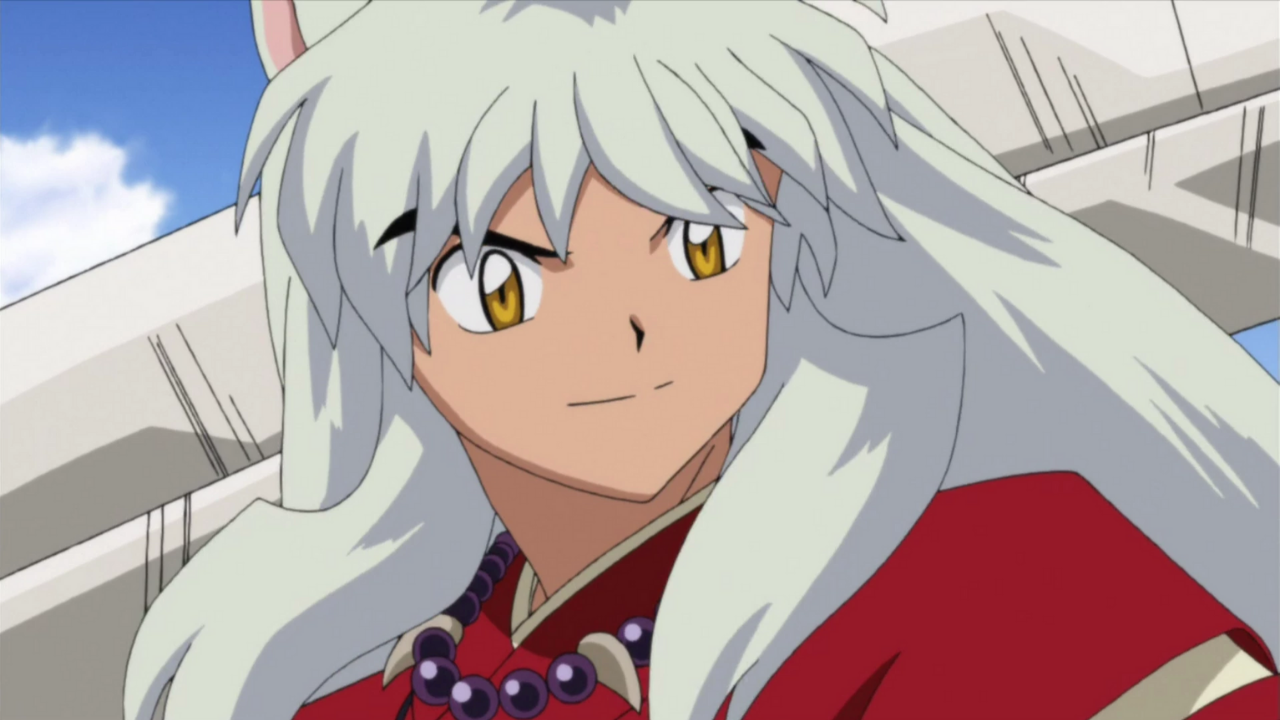
Like Alice, Miaka, and Kagome, we as viewers, face the same choices of “escapism” or “exploration”. In what way, you ask? Well, are we not also invested in seeing what happens afterwards after the main characters fall down a rabbit hole, after stumbling down a well, and after being transported inside the universe of a magical book?
The experiences and point of views that the fictional characters dragged themselves into is a shared experience. This is the psychology behind the love and passion of isekai animes. It may or may not be a well-known theory, but if we dive deep into isekai fans’ minds, “escapism” and “exploration” are desires that awaken inside all of us as we watch the adventures of several isekai main characters.
These desires formulate into our brains unconsciously as we read our all-time favorite manga and watch that greatest-of-all-time anime series! The more we feed our minds of concepts similar to The Universe of the Four Gods, or time periods similar to eras beyond the Bone-Eaters’ well, we also acquire “shared experiences” with the characters.
Our horizons expand when we choose to travel alongside the main casts! Even if we are just sitting idly and lazily on a comfortable couch in front of the television screen (or in front of a manga volume), our minds are excited to see different places.
Sadly, the subconscious won’t lie to us because our minds know very well that we “escape” reality and “explore” alternate time periods and different worlds when we read our favorite isekai mangas or watch that new weekly anime at the 6 pm time block after school or work.
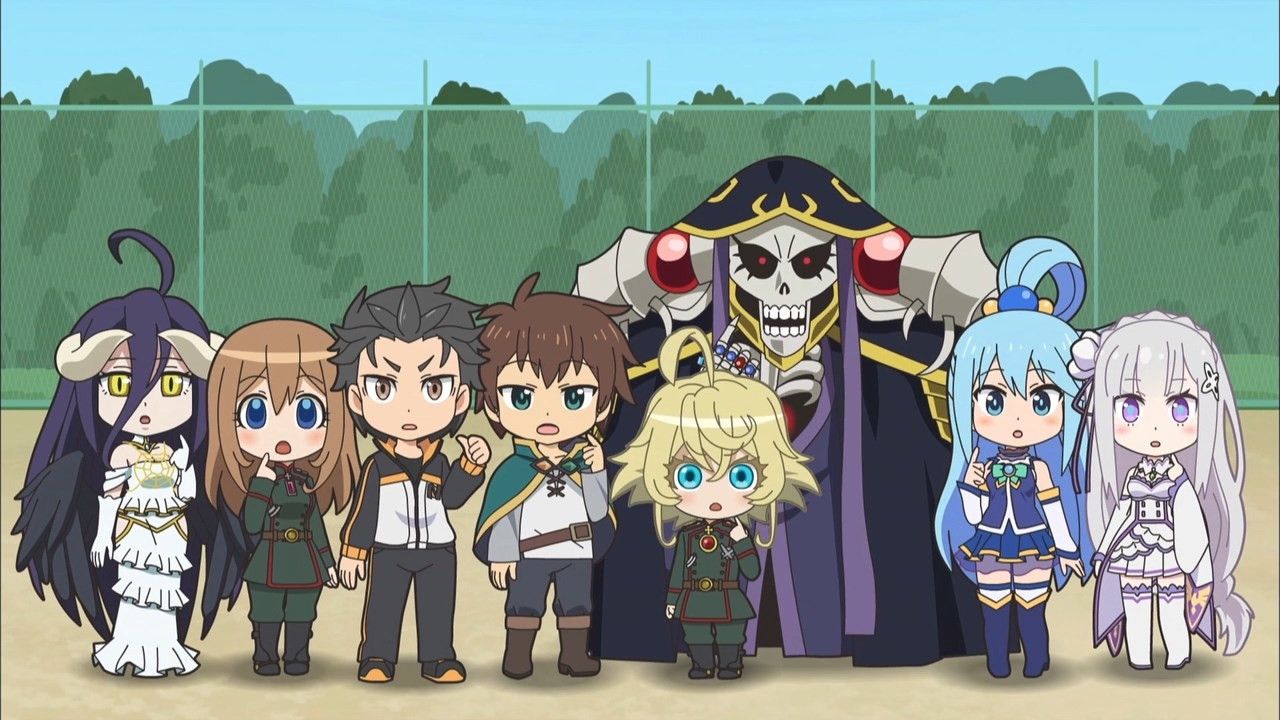
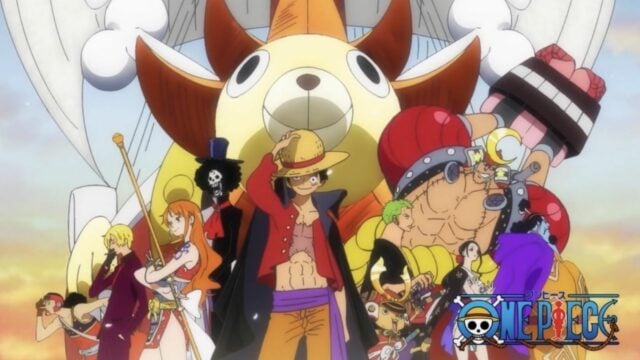
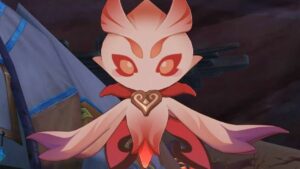



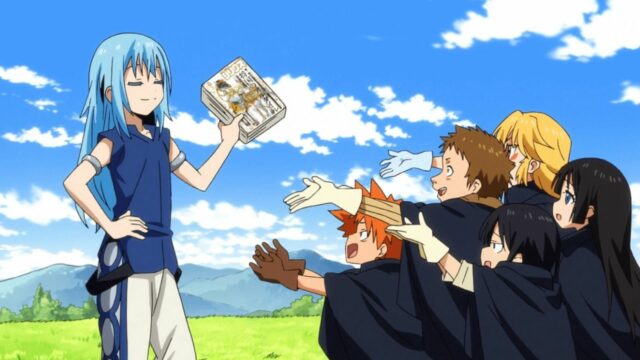
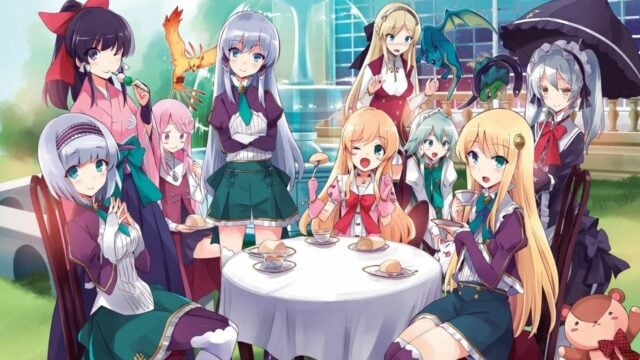
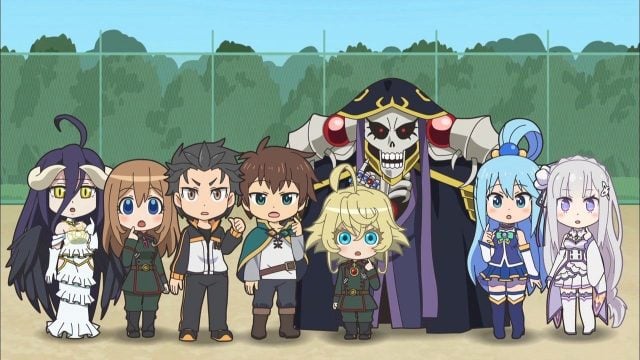
No Comments on Are Isekai Anime Really Trash? Deep Dive on Why Isekai Shows are so Popular?